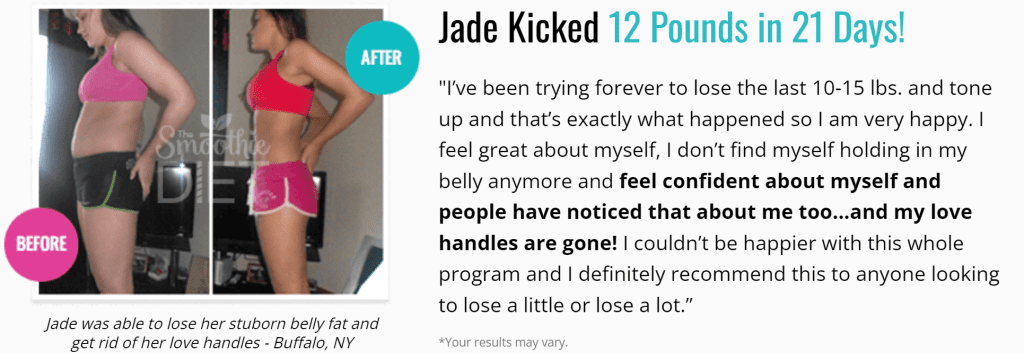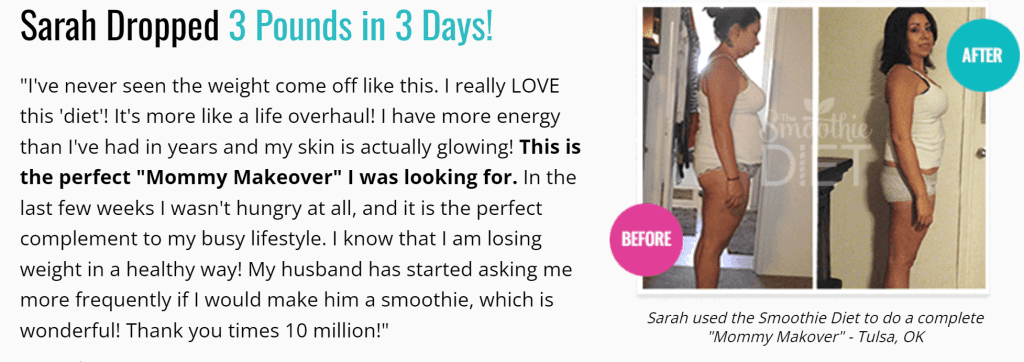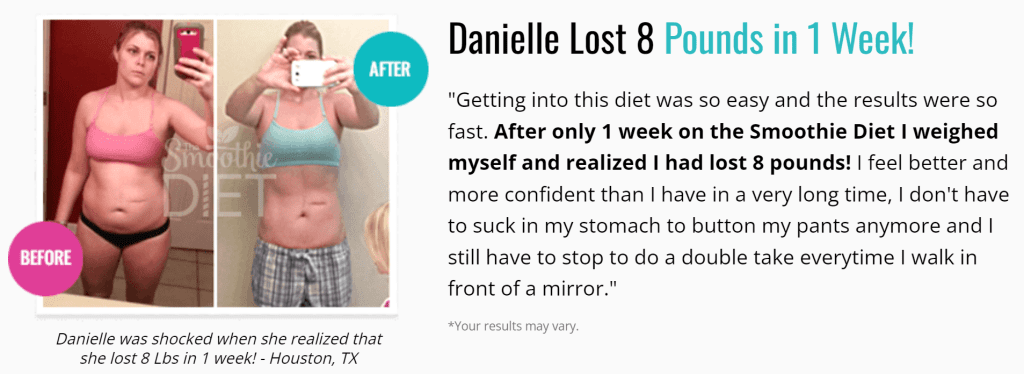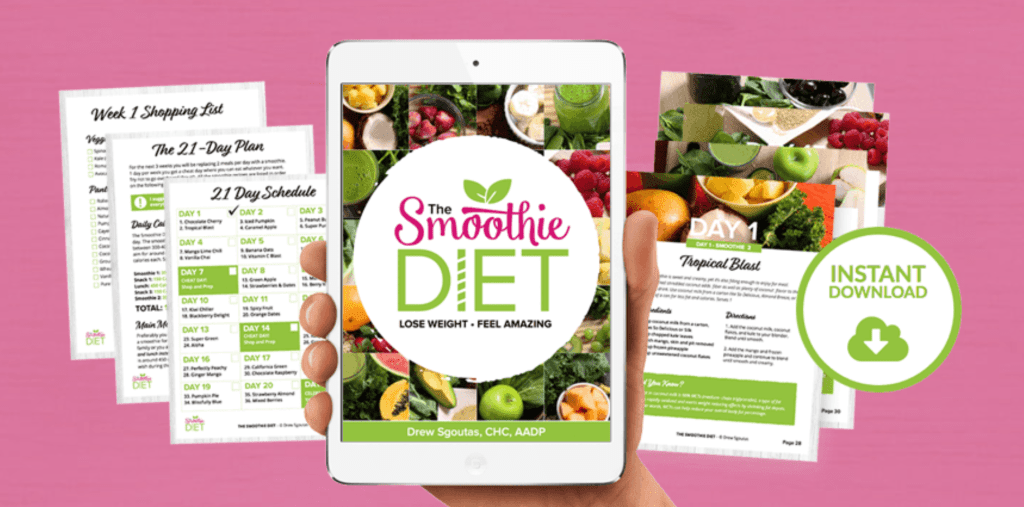Diet you Should Eat to Reduce Belly Fat
Reducing belly fat isn’t just about looking good in your clothes but improving your overall health. Excess belly fat, particularly visceral fat that wraps around your organs, is linked to a higher risk of severe conditions like heart disease, diabetes, and even certain cancers. The good news is that you can take control of your health with the proper diet. This comprehensive guide will walk you through the best foods to eat, the ones to avoid, and how to effectively create a sustainable eating plan that targets belly fat.
Understanding Belly Fat: Why It Matters
Belly fat isn’t just the pinchable layer under your skin (subcutaneous fat) but also the deeper, more dangerous fat (visceral fat) surrounding your organs. This type of fat is metabolically active and can increase your risk of chronic diseases. Addressing belly fat isn’t only about aesthetics—it’s crucial for your long-term health.
Foods to Eat for Reducing Belly Fat
Eating a diet rich in whole, unprocessed foods is your first step towards a slimmer waistline. These foods help reduce belly fat and support overall health and well-being.
Vegetables and Fruits
Benefits: Packed with vitamins, minerals, and fibre, vegetables and fruits are low in calories and can help you feel full longer.
Top Picks:
- Leafy Greens: Spinach, kale, and Swiss chard are nutrient-dense and low in calories.
- Berries: Blueberries, strawberries, and raspberries are high in fibre and antioxidants.
- Citrus Fruits: Oranges, grapefruits, and lemons boost metabolism and aid digestion.
How to Include Them:
- Add a handful of spinach to your morning smoothie.
- Snack on berries.
- Start your meal with a fresh salad.
Whole Grains
Benefits: Whole grains provide sustained energy and are rich in fibre, which helps regulate blood sugar levels and reduce fat storage.
Top Picks:
- Oats: A great breakfast choice that keeps you full for hours.
- Quinoa: A protein-rich grain that’s a perfect base for salads.
- Brown Rice: A versatile staple that pairs well with proteins and vegetables.
How to Include Them: Swap out refined grains for whole grains in your meals. Try overnight oats for breakfast, quinoa salad for lunch, and brown rice with dinner.
Lean Proteins
Benefits: Protein is essential for muscle maintenance and repair, and it also increases satiety, which helps prevent overeating.
Top Picks:
- Chicken Breast: A lean source of protein that’s easy to cook.
- Fish: Salmon and mackerel are rich in omega-3 fatty acids.
- Legumes: Beans and lentils are high in protein and fibre.
How to Include Them: Grill or bake chicken breast, add fish to your weekly meal rotation, and incorporate legumes into soups and salads.
Healthy Fats
Benefits: Healthy fats, such as omega-3 and monounsaturated fats, help reduce inflammation and support heart health. They also keep you feeling satisfied longer.
Top Picks:
- Avocados: Rich in monounsaturated fats, perfect for salads and toast.
- Olive Oil: A staple for cooking and dressings.
- Nuts and Seeds: Almonds, walnuts, chia seeds, and flaxseeds are nutrient powerhouses.
How to Include Them: Add avocado to your sandwiches, drizzle olive oil on salads, and snack on a handful of nuts or sprinkle seeds on your yoghurt.
Foods to Avoid
Certain foods can hinder your progress by increasing belly fat and negatively impacting your health. Here are the key culprits to avoid or minimize in your diet.
Sugary Beverages
Why Avoid: Drinks like soda, fruit juices, and sweetened teas are high in added sugars and empty calories, leading to weight gain and increased belly fat.
What to Choose Instead: Opt for water, herbal teas, or infused water with lemon or cucumber.
Refined Carbohydrates
Why to Avoid: Foods like white bread, pastries, and pasta can spike your blood sugar levels and contribute to fat storage.
What to Choose Instead: Replace refined carbs with whole grains such as whole wheat bread, brown rice, and whole grain pasta.
Processed Snacks
Why to Avoid: Packaged snacks are often high in unhealthy fats, sugars, and salt, which can increase your calorie intake and lead to weight gain.
What to Choose Instead: Choose fresh fruit, nuts, or homemade snacks like veggie sticks with hummus.
Building a Sustainable Eating Plan
Creating a diet plan you can stick to is crucial for long-term success in reducing belly fat. Here’s how to build a balanced and sustainable eating routine.
Portion Control
Tips:
- Use smaller plates to control portion sizes.
- Measure your servings to avoid overeating, especially with calorie-dense foods like nuts and oils.
- Listen to your body’s hunger cues and eat until you’re satisfied, not stuffed.
Practical Example: Fill half your plate with vegetables, a quarter with lean protein, and a quarter with whole grains.
Regular Meal Timing
Benefits: Eating at consistent times helps stabilize blood sugar levels and prevent the hunger spikes that can lead to overeating.
Tips:
- Aim to eat three balanced meals daily with healthy snacks in between if needed.
- Avoid late-night eating, which can disrupt your metabolism.
Practical Example: Try to have breakfast within an hour of waking up and finish your last meal a few hours before bedtime.
Hydration
Importance: Staying hydrated supports your metabolism and helps control your appetite.
Tips:
- Drink a glass of water before meals to help you feel fuller and prevent overeating.
- Replace sugary drinks with water or herbal teas.
Practical Example: Carry a water bottle throughout the day and set reminders to drink water regularly.
Probiotics and Prebiotics
A healthy gut is linked to better weight management and reduced fat storage. Including probiotics and prebiotics in your diet can help balance your gut microbiome.
Probiotics: Beneficial bacteria found in fermented foods.
- Sources: Yogurt, kefir, sauerkraut, kimchi, and kombucha.
Prebiotics: Fibers that feed the good bacteria in your gut.
- Sources: Garlic, onions, bananas, asparagus, and leeks.
How to Include Them: Add a serving of probiotic-rich food to your diet each day, and incorporate prebiotic foods into your meals.
Mindful Eating
Practising mindful eating can help you make better food choices and recognize your body’s hunger signals.
Tips:
- Eat slowly and savour your food. This helps you recognize when you’re full and prevents overeating.
- Avoid distractions like T.V. or work while eating, leading to mindless eating.
Practical Example: Take time to chew thoroughly and appreciate the flavours and textures of your food.
Real Success Stories
Hearing from others who have successfully reduced their belly fat can motivate and provide practical insights into what works.
Testimonials: Real-life stories and before-and-after photos from individuals who have adopted healthier eating habits and achieved their goals.
Example: “Since switching to a diet rich in whole foods and lean proteins, I’ve not only lost inches around my waist but also feel more energetic and healthier than ever.”
F.A.Q.s
Here are answers to some of the most frequently asked questions about reducing belly fat through diet.
Examples:
- Can I target belly fat specifically with diet alone? While you can’t spot-reduce fat from specific areas, a healthy diet will help reduce overall body fat, including belly fat.
- How long does it take to see results? Results vary, but you can see changes in a few weeks with consistent healthy eating.
- Are there any foods I should avoid altogether? Limiting or avoiding sugary drinks, refined carbs, and highly processed snacks is best.
Expert Tips
Gain insights from nutritionists and fitness experts on optimizing your diet and lifestyle for the best results.
Advice:
- Balanced Diet: Ensure your meals include a mix of macronutrients—carbs, protein, and fats.
- Consistency: Stick to your plan, and don’t get discouraged by minor setbacks.
- Physical Activity: Combine your diet with regular exercise to enhance your results.




